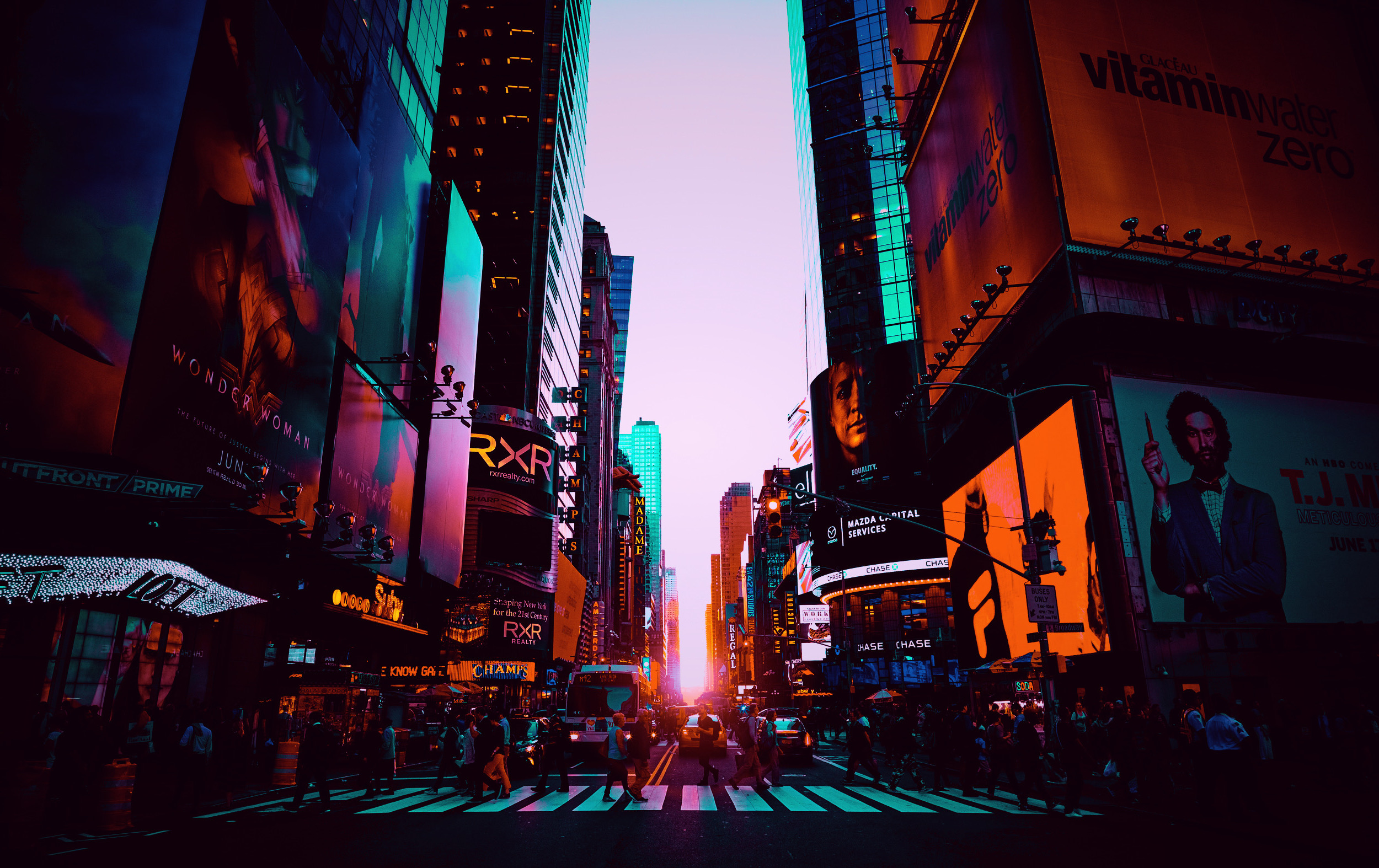Free things generate a greater audience than paid things. Unsplash – the free stock photography site – is no stranger to this rule of human nature. In fact, it was the foundation for their entire company.
Unsplash is a community where anyone can share high-resolution photos for anyone to use freely. It began as a Tumblr blog with ten photos we had leftover from a photoshoot… Those first ten photos have been seen 58 million times.
Unsplash, Future of Photography
Today, the Unsplash platform is a crucial tool that millions of entrepreneurs, designers, teachers, nonprofits, independent creators, and anyone looking for a beautiful image that will accent their creation.
Unsplash images are the most viral form of media ever created. A set of images on Unsplash regularly generate more views than the largest events like the Superbowl, the most viral tweets, or the front page of publications like the New York Times.
Unsplash, Unsplash for Brands
In their own stock photography industry, they have become the premiere choice in no time:
Unsplash serves up more than 65 million image downloads per month, which the company claims is more than Getty, Shutterstock and Adobe Stock combined.
Lindsay Stein, Campaign US
However, everyone knows that the hardest part about “free” is finding a way to make money. Staying true to their foundation of free, Unsplash is opening an advertising portal. But not in the way that every other advertiser has.
Unsplash for Brands
After all of the bad forms of advertising that exist, we think there’s a way to make advertisements that don’t feel like a punishment to every viewer. Advertising that is beautiful and valuable.
Unsplash, Unsplash for Brands
Unsplash is allowing brands to buy premium placement of images (with their product in it) that are associated with their company. Here’s an example:
Let’s say a blogger is writing an article on small businesses and comes to Unsplash for a cover image. A company like Square, who sells Point-of-Sale hardware to small businesses, wants to be visible in this “small businesses” search.
However, they want to be visible in this search not to sell POS hardware to the blogger / Unsplash user. They want to be visible so that the blogger uses the image (with the Square product in it) for their article – an article that gets read by 300,000 readers who are interested in small businesses.
Brands will pay for this chance at a viral aftershock where dozens or even hundreds of other creators incorporate an image of their product into their creation. More generally, it gives brands the chance to bring awareness, change positioning, and reinforce brand messaging without creating the negative experience and fatigue that comes with traditional advertising.
Google, Harley-Davidson, Square, Timberland, and Boxed Water are among the first brands invited to test out this new Unsplash feature.
In essence, Unsplash is becoming a billboard company for the digital age. The difference, though, is that the billboards can go wildly viral. And Unsplash just happens to be connecting the companies that want billboards with the photographers that can create them.
Brands get impact, contributors get paid opportunities, and creators get more images to create openly with. It’s a win-win-win.
Unsplash, Unsplash for Brands
Unsplash is the most practical, yet futuristic take on advertising I think I’ve ever seen. I’m personally fascinated because I’ve experienced the power of Unsplash firsthand.
My Unsplash Virality
I came across Unsplash about 18 months ago and started using the futuristic and cyberpunk photos as cover art for our Inevitable/Human articles. About the same time, I started playing around with taking my own cyberpunk-influenced photos and putting them on Unsplash.
A year later, my images (just 8 of them in total) have more than 1.2 million views and have been downloaded more than 4,100 times. With those numbers, I could easily sell a photo on my profile as an organic ad placement to a company the caliber of BMW. All for something I did in my spare time for fun.
One photo I took of Ryan as a futuristic profile photo for Inevitable/Human has racked up 570,000 views and 1,700 downloads.
I did a reverse image search on Google to find where the downloaded image was used and this is what I found:
- Some uses were related to my intention: as a visual for the future of VR, to outline cyberpunk fashion, an eye-catcher for the post digital era.
- Some uses were completely unrelated: to talk about plastic surgery, as a personal testimony about helplessness, cover art for a touring DJ.
Once you’ve uploaded that image to Unsplash, you relinquish your ability to choose who gets to use your image and in what context it is used. Is that scary for a creator? Yes. But is it also liberating? Absolutely!
Unsplash Has A Winner
Facebook and Google gathered the majority of digital advertising for the first couple decades of the consumer Internet we know today. But in a time where people are growing increasingly “blind” to annoying ads, brands will spend their budget somewhere that doesn’t create nuisance in their customer’s lives. That place is Unsplash.
Google cannot copy Unsplash because Google Images is too cluttered and not copyright free. Pinterest cannot copy Unsplash because it isn’t a destination that creators go to for images. Getty, Adobe, and Shutterstock would have to abandon their entire business models in order to copy Unsplash.
Unsplash, therefore, is going to be a big winner in 2020.

1 comment
Comments are closed.